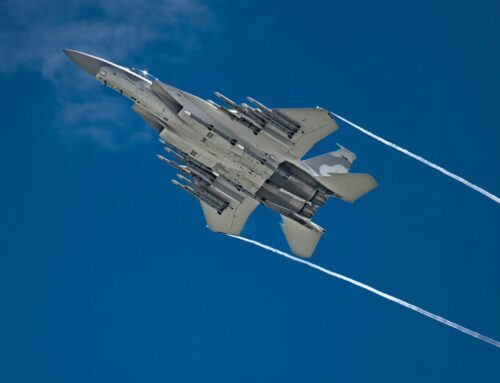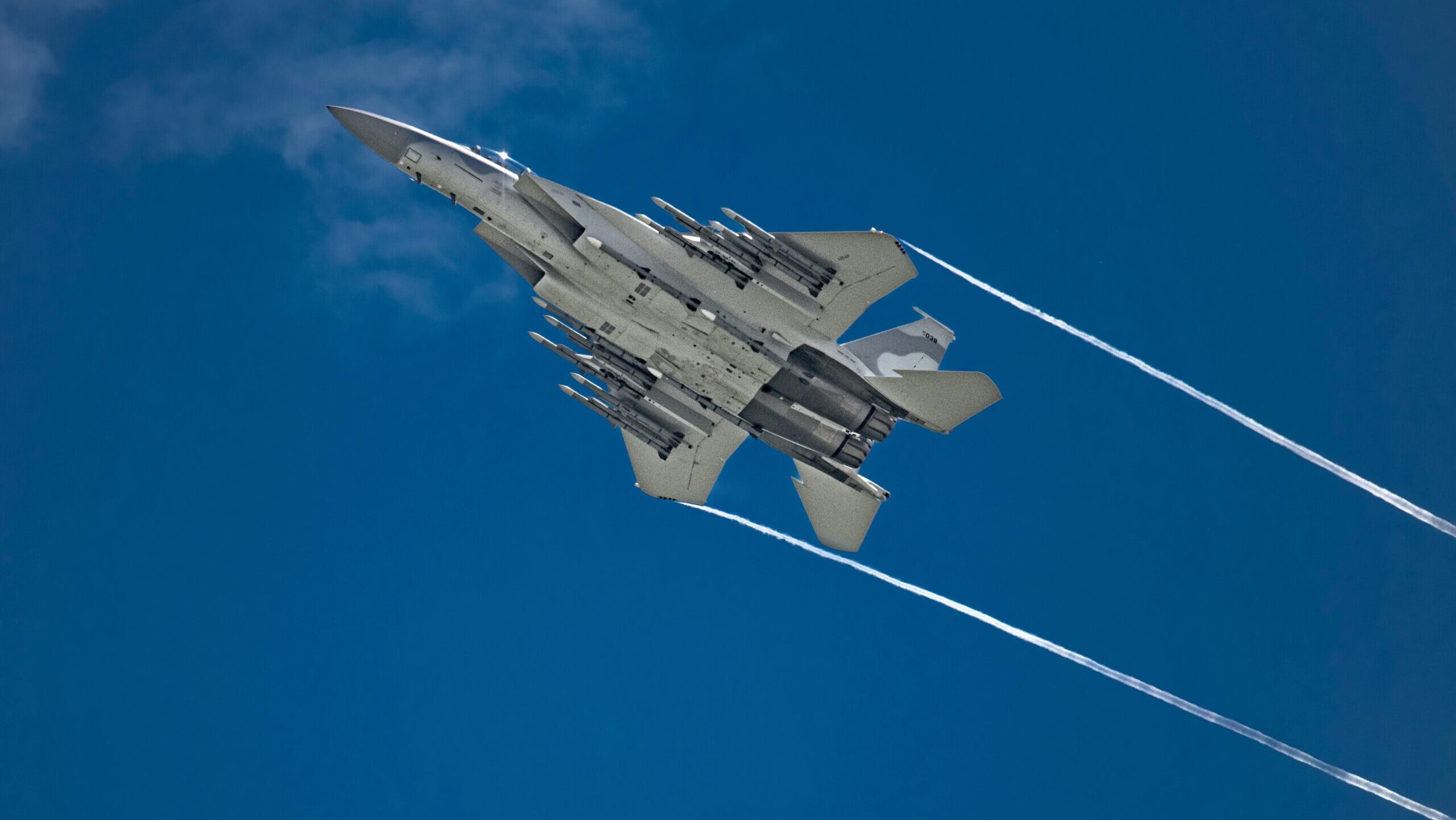AUKUS allies have trialled AI enabled drones to reduce enemy target identification time (US DoD)
WASHINGTON — Working with partner nations is the norm for the US military when it operates around the globe, but the Pentagon is still far too alone when it comes to the business of defense acquisition, according to a new MITRE paper published today.
Closer cooperation with allies and partner nations on acquisition could strengthen interoperability and better enable the Defense Department to harness breakthrough tech from outside the US, the research organization said in the report, called “Buy the Way We Fight.”
“What we’re proposing in the paper is that the US defense acquisition community should have connections and relationships and conversations and awareness with our international partners,” said Dan Ward, the military technologist who authored the paper. “They [foreign nations] might have solutions that are available sooner, and we will find out about them by having those conversations.”
International cooperation is a hallmark of certain weapons programs like the F-35 Joint Strike Fighter, which was designed from the start to be produced in part by several partner nations that would eventually buy it, as well as in multi-lateral agreements like AUKUS, which was created to help enhance cooperation on defense technology among Australia, the UK and the US. However, a majority of US weapons development happens stateside, with acquisition and contracting officials working in isolation from counterparts in foreign countries that the US military will fight alongside.
“When we when we deploy, we deploy together,” Ward said. “And doing that … without having first had some conversations about about the systems we’re developing to deploy, I think is a pretty big risk.”
To remedy the acquisition isolation, MITRE laid out three steps it says the Pentagon should take right now.
First, it calls for the Defense Department to update its acquisition policies. Specifically, it should update DoD 5000.01 — the department’s overarching acquisition ruleset — to require program offices “explore connections” with partner nations. It also recommends modifying the guidance for middle-tier acquisition and software acquisition so that international cooperation and interoperability is considered as part of the acquisition process, the report states.
Second, the report recommends that the department create new forums for US acquisition officials who work inside the military’s program offices to meet and engage with international counterparts.
For example, representatives from the Defense Entrepreneurs Forum in March proposed creating a “expeditionary diplomatic fellowship program” to increase international collaboration and build the networks of junior officers, enlisted and DoD civilians, and a similar model could be used for an acquisition fellowship, the report states.
Finally, the Pentagon needs to build on those policy changes and new engagement opportunities by establishing “new norms” for international collaboration — a recommendation Ward said the paper intentionally leaves open ended so that the Pentagon can experiment and see what works best.
While the recommendations are designed to be applicable “across the board” to acquisition programs of all shapes and sizes, Ward pointed to hypersonic weapons, AI and quantum as technologies from which the Pentagon might benefit from greater teamwork with its partners. (All of these are areas of focus within what’s known as Pillar II of the AUKUS agreement.)
“It would be really useful to have some conversations across the alliance, with our coalition partners, to say, ‘Hey, we’re starting to develop some stuff in this direction. What do you know? What can you contribute? What do you need? What do you have? How can we work together on that?’” he said.
Even in programs where the United States does not plan to get directly involved, like the future French-German battle tank, the Defense Department could have production experience or data that it could share with its allies in order to make acquisition faster and cheaper or to enhance interoperability, Ward said.
However, the Pentagon must also be careful not to course correct so hard that the pendulum swings the other direction, with DoD acquisition officers feeling hamstrung by onerous requirements to collaborate with foreign nations. The paper notes that its recommendations are “not about granting other nations a veto over American acquisition policy nor allowing them to dictate elements of acquisition programs.”
Ward acknowledged that including allies and partners in conversations about technology requirements and nascent acquisition programs might slightly increase time and complexity, but could also lead to technologies being fielded faster if a partner nation already has a solution under development.
“What’s really going to take a lot of time and cost a lot and make things worse is if we don’t have these conversations, if we’re deploying alongside forces where we haven’t had conversations about needs and capabilities and requirements and what the system can do,” he said. “What we’re not recommending is just that we spent all our time having conversations that don’t go anywhere.”











